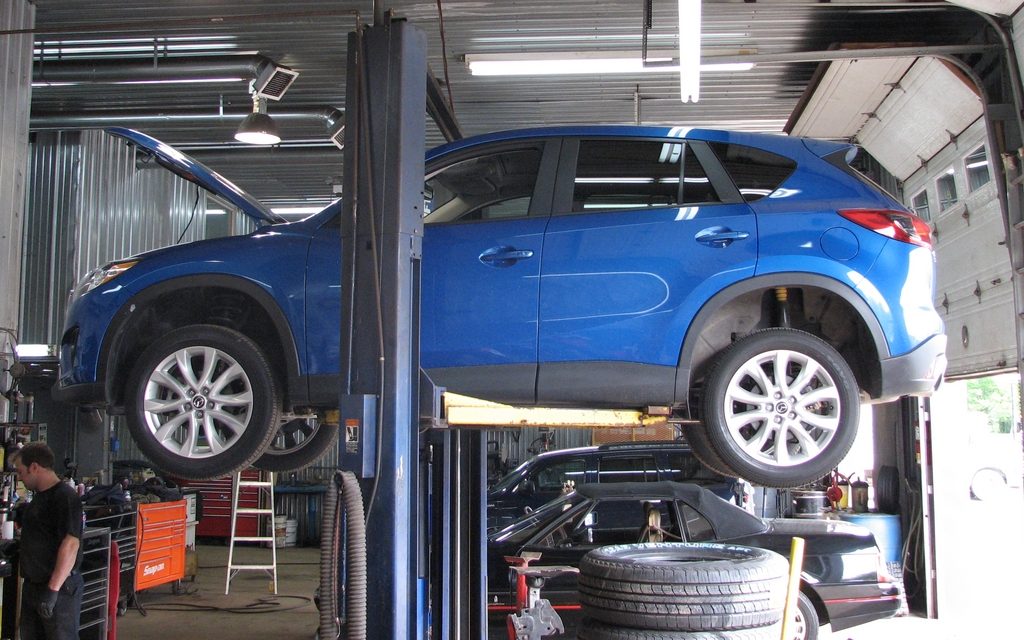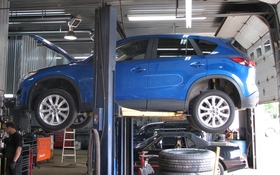Mazda’s SkyActiv Technology Examined
The current trend in the auto world boils down to one thing: hybrids. Almost all automakers have a hybrid model on offer: Honda is in the game with the Civic, Ford with the Fusion, and Toyota with the Camry. Some cars take it a step further by complementing the hybrid system with a special aerodynamic design. Good examples of these include the Honda Insight and Toyota Prius. However, some makes have yet to join the party, as they explore other ways of cutting fuel consumption and related costs. Mazda has chosen to revise its vehicles from top to bottom, in an effort to maximize their efficiency with a system known as “SkyActiv.”
Three main components
The reason why Mazda doesn’t have a hybrid engine system available for its models is because the automaker has been busy developing its SkyActiv technology instead. The main idea behind this effort is to fine-tune existing solutions, so that Mazda can apply these developments to all its future vehicles. The three main areas under review are: the powertrain, aerodynamics and vehicle weight. We decided to examine the mechanical aspects of this system with help from the folks at Nicolas Demers’ garage in Saint-Étienne-de-Lauzon, Quebec. Take a look through the photo gallery and you’ll note that the vehicle (both the body and underside) look rather ordinary – you’d never suspect it was endowed with SkyActiv technology.
The heart of the matter
The heart of this system is a 2.0L four-cylinder engine (no turbocharger or supercharger) that boasts a high compression ratio of 13.0:1. What is more, Mazda claims that friction between engine parts has been reduced by 30%. The six-speed transmission is also an active player in this new technology, as it includes a new type of torque converter that limits slip and power loss. But none of this SkyActiv technology is apparent to the naked eye – the powertrain looks like your standard system. Interestingly, there’s enough room behind the engine to install a turbocharger or a bigger engine. Of course, a bigger engine would have you looking at a CX-5, but it would not come with the SkyActiv badge.
Lightweight and aerodynamic
The CX-5 has one of the best drag coefficients in its category at Cx 0.33. Several plastic covers have been installed in its body and underbelly to allow air to flow better under the vehicle. Plus, the sideview mirrors have been made smaller and the rear spoiler has been improved to prevent suction at high speeds, as this tends to jack up fuel consumption.
Weight being another major obstacle in the quest for fuel economy, it is estimated that about 10% of vehicle weight has been dropped – though the CX-5 is an all-new model with no predecessor to use for comparative purposes. Some parts are now made of aluminum as opposed to standard metal. Under the vehicle, some pieces appear lighter and smaller, but we’ve been assured that they are just as solid and effective.
Thus, SkyActiv technology is a bundle of improvements that together help reduce fuel consumption. Visually, there’s not much to see, as the CX-5 SkyActiv looks just like the other vehicles in its category.












